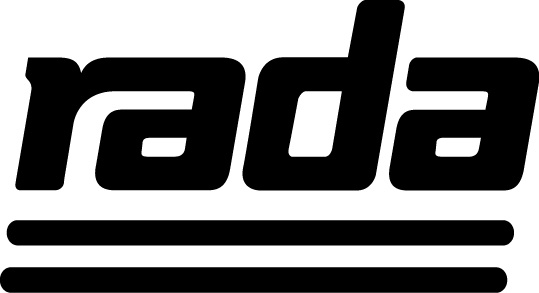Water controls for a networked world

By Commercial Business Director, Eoin McQuone
We understand that managing, operating and maintaining a healthy water system in a busy facility is not an easy job. That said, any premises where people interact with water must have an effective infection control regime to ensure a safe environment for all users.
The Department for Health recommends a range of hygiene disciplines and control regimes to manage water systems before and after the outlet. It states control measures, such as duty flushing, should be undertaken when outlets are not in regular use. Ideally weekly, or bi-weekly in healthcare, to reduce the risk of bacterial growth.
This leads us to ask, how do you really know that the outlet is being used regularly? How can you be sure the washbasin at the far end of the row in the ladies’ washrooms even gets turned on? Or that the student in dorm room 23b uses their shower once a day, or in fact, at all?
Flushing regimes are one way of navigating around this problem of uncertainty. However, this usually involves a person, or persons, going around the facility and manually flushing the outlets. The process must also be recorded and logged to demonstrate compliance. While effective to a degree, it introduces the possibility of inadvertent human error and can often mean you’re flushing many high-use outlets unnecessarily. It’s time consuming and resource intensive.
So, how can we do this differently and in the process, increase efficiencies?
Let’s talk networking. The digital revolution has enabled us to make huge technological advancements in almost every aspect of our daily lives and now we’re seeing the benefits it can bring to the water controls industry.
The ability to network multiple outlets and data points through a facility is an exciting prospect. It’s providing us with new ways of increasing efficiency, ensuring compliance with health guidelines and saving time and money.
In recent years, we’ve been championing the use of networked water controls and the benefits they offer, including:
- Programmable temperatures and flow times
- Essential control and hygiene measures, including duty flushing and thermal disinfection, can be set, managed, remotely logged and monitored
- Record keeping, and logging of important control measures is automatic, removing the need for these processes to be undertaken manually
- Integration with your existing building management system (BMS) to enable you to monitor, manage and control all of your water controls from a central dashboard
- Data that can be downloaded to be reviewed, interrogated and turned into actionable intelligence – enabling you to adopt a more sustainable water management programme
When we look specifically at water controls, what we’re seeing is the opportunity to utilise technology to provide a more effective and efficient way of managing water systems.
For more information get in touch with our team.
